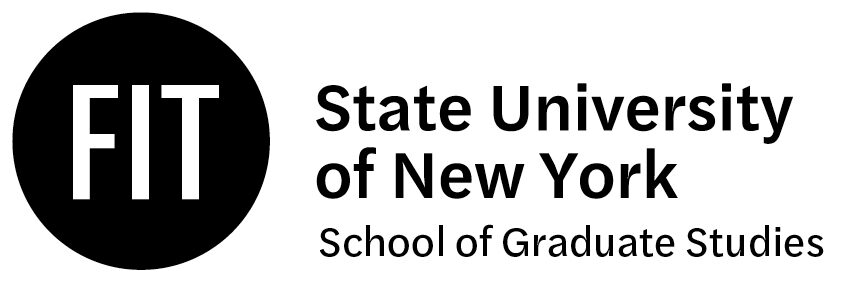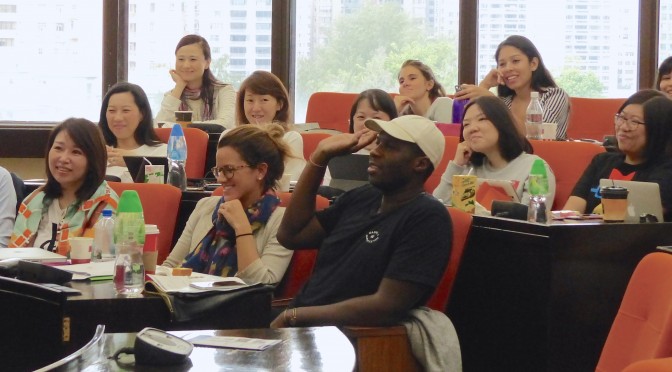By Michael Battista Industry Coordinator to the Global Fashion Management Program Hong Kong is a city that bustles with over 7 million people. Skyscrapers that are achieved with bamboo scaffolding rise from the mountainous terrain of a bay overlooking the South China Sea. Container ships filled with goods destined for the world’s ports dot the horizon. […]


